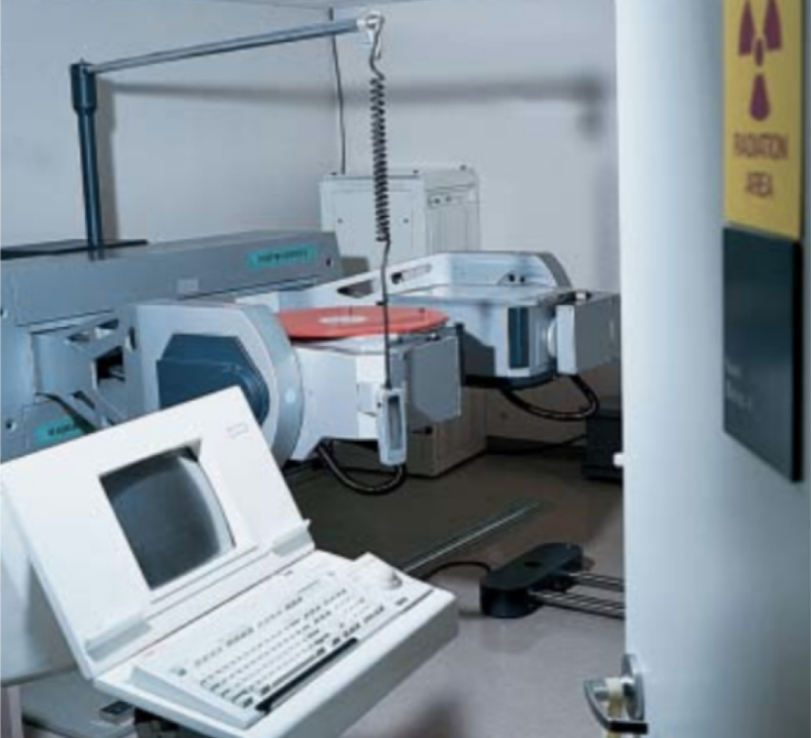Science- DNA and nucleus, heredity and genes, and gene mutations
1/20
Earn XP
Description and Tags
Name | Mastery | Learn | Test | Matching | Spaced |
|---|
No study sessions yet.
21 Terms
Nucleus
contains the master set of instructions that determines what each cell will become, how it will function, when it will grow and divide, and when it will die. Is responsible for heredity and controlling the functions of the cell.
Trait
a particular feature that can vary in size or form from individual to individual within a species.
DNA
the long, two-stranded molecules that carry the master set of instructions for cell function. A molecule found in the cell nucleus that carries genetic information; composed of sugar, phosphate, and four different bases (guanine, cytosine, adenine, and thymine).
Gene
small segments of DNA located at specific places on a chromosome. Stores the information needed to produce 90,000 to 100,000 different proteins used in the cells of our body.
Heredity
The passing of traits from one individual to its offspring and to future generations.
Chromosome
form when loosely coiled DNA folds into a very compact, x-shaped structure whenever a cell is ready to divide.
Gene mutation
a change in the specific order of the A, G, C, T bases that make up a particular gene.
Mutagen
substances or factors that can cause mutations in DNA.
What does DNA stand for?
Deoxyribonucleic Acid
Explain why DNA is required in every cell.
DNA is required in every cell because DNA contains the genes that code for the proteins that the cell requires to perform its functions
How is DNA related to chromosomes and genes?
Strands of DNA are packaged tightly into structures called chromosomes. Each type of organism has a specific number of chromosomes. For example, humans have 46 chromosomes that are arranged in 23 pairs. One of these pairs helps determine if a person will be born as a male or a female.
Genes are found at specific places on a chromosome. Genes are small segments of DNA that carry instructions for making proteins. Proteins are molecules that all the cells of the body need in order to work properly. Some proteins carry out cell functions. Other proteins are parts of cell structures. There are as many as 100 000 proteins in the human body.
Compare the amount of DNA in a skin cell to the amount of DNA in a muscle cell.
The amount of DNA in a skin cell and the amount of DNA in a muscle cell is equal. All body cells will contain the same amount of DNA. Only sperm and egg cells contain less.
Give examples of human traits.
Hair colour, colour blindness, eye colour, eye shape, dimples, back dimples, defined cheekbones and more…
How is the nucleus related to heredity?
The nucleus is related to heredity because the nucleus is responsible for heredity, meaning the information in the nucleus determines whether you will have traits that resemble some of your parents traits.
What causes gene mutations?
Mutagens which are some factors in the environment. Examples are UV Rays, × Rays, cigarette smoke, etc...
What are more examples of mutagens?
Radiation, such as X rays and UV rays. Cigarette smoke and other poisonous chemicals such as pesticides.

What are the potential sources of mutagens in the picture?
Potential sources of mutagens in the picture are radioactive substances, like said on the sign. The picture shows a machine so the mutagen is man-made.
What are the three types of mutations? Explain.
Harmful mutations are called negative mutations. For example, some people are born with a mutated gene that makes their red blood cells have a curved shape instead of the normal disc shape. The curved shape prevents the cells from carrying oxygen well and blocks blood flow in blood vessels.
Helpful mutations are called positive mutations. For example, some plants carry a mutated gene that protects them from certain diseases. Some people have a mutated gene that produces a special kind of protein. This protein prevents the virus called HIV from infecting the person. This type of mutation benefits an individual.
Most mutations have no effect on an organism. These mutations are called neutral mutations. For example, the Spirit Bears of coastal British Columbia have a mutated gene that makes their fur white instead of black. This mutation does not affect their lives in any important way.
How can a gene mutation affect the survival of a species?
A gene mutation can have a positive or negative effect on a species. If the gene mutation makes the species more resistant to disease, for example, the species will have a better chance of surviving. If the gene mutation makes the species more likely to have diseases, then the species is less likely to survive
Can mutations be fixed?
Some mutations can be treated with drugs or surgery. New techniques for treating gene mutations are called gene therapy. In one form of gene therapy, researchers replace a mutated gene with a healthy copy of the gene. The healthy gene must first attach to a chromosome within a patient’s cells. Then the gene needs to make the correct type and amount of protein. These techniques are still experimental at this time.
Where are proteins made?
Proteins are made in the cell by ribosomes. Ribosomes are made by a large structure in the nucleus called the nucleolus.